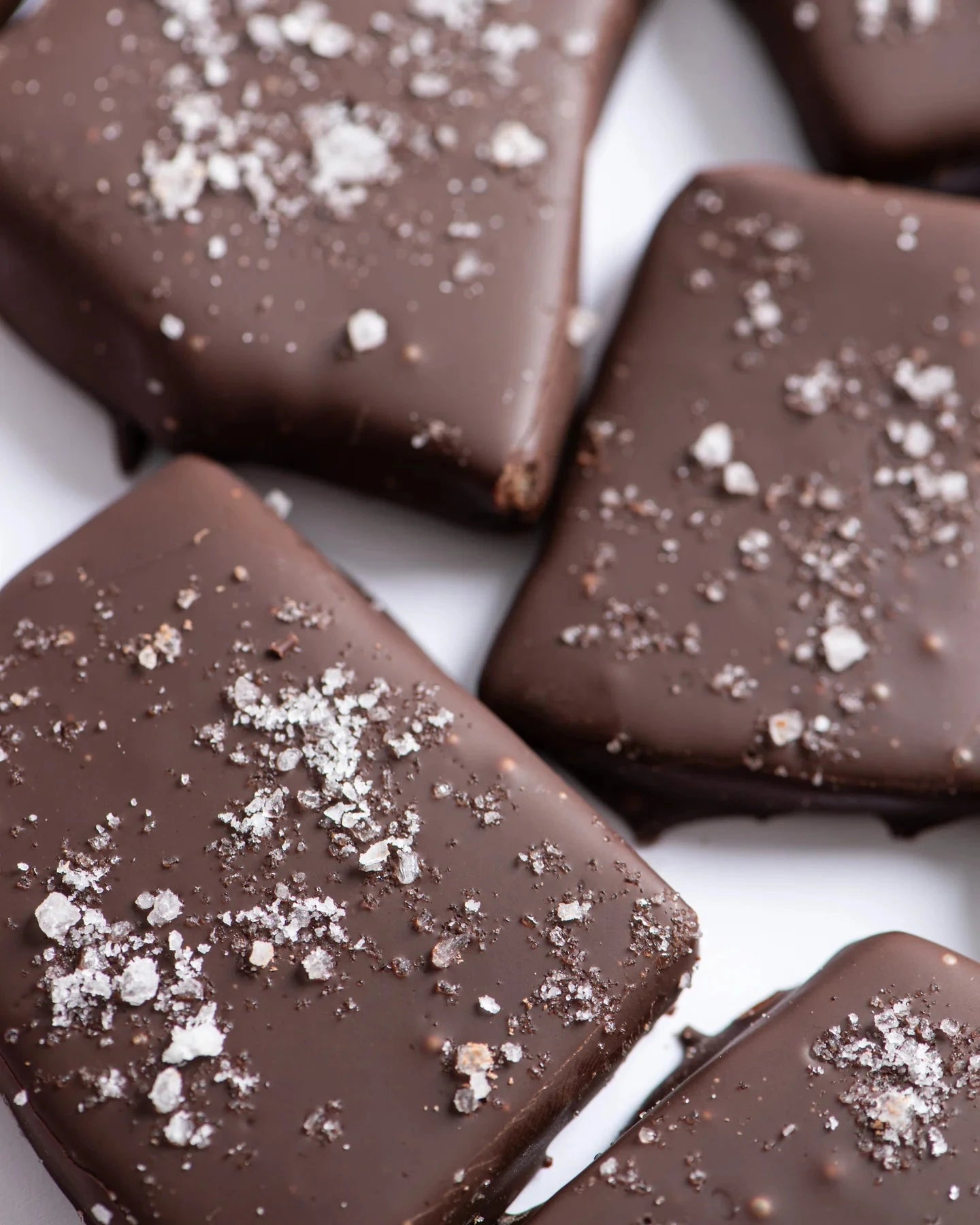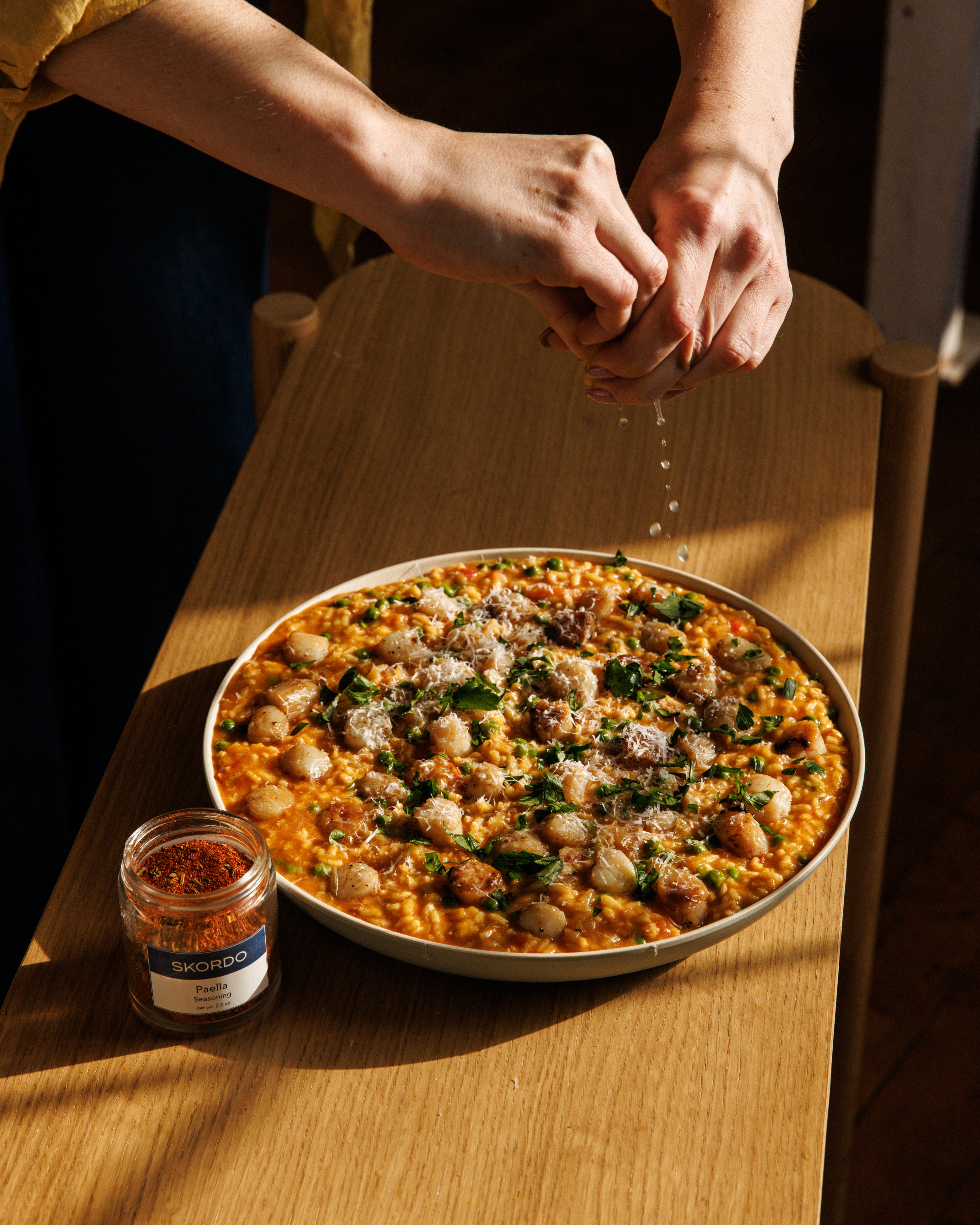With such a large variety of blends & rubs, spice shopping can sometimes feel overwhelming. While we have several options for each culture, some of the blends and rubs look quite similar to the naked eye. I have personally mixed up the different curry options and today I decided to directly compare the two that seem most visually similar: Malay & Madras.
Curry originates in India, and refers to a complex combination of spices & herbs, usually incorporating turmeric, cumin, coriander, ginger, and dried chilies. It’s a beautiful way to capture the essence of each home, as curry can vary so much from one person's interpretation to the next. At SKORDO, our Malay, also known as Malaysian Meat Curry Powder, is typically used for meat based curries. We blend dried hot chili peppers, turmeric, coriander, cumin, cardamom, cinnamon, galangal, and cloves. Similarly, our Madras curry powder is super versatile and tends to pack a more flavorful heat. It’s made with a combination of coriander, cumin, dried Kashmiri Chile Peppers, peppercorns, brown mustard seeds, turmeric, ginger, and curry leaves.
While the ingredient lists have several differences, the end color is quite similar, mainly due to the turmeric involved. Because of this, it was challenging to keep them separate during my experimenting, but I was able to label along the way to assure a fair test.
I made the following recipe twice, simultaneously, changing nothing but the spice blend used. While we refer to the Malay curry as a meat curry, I made both recipes meatless to avoid any potential variation in meat cuts/cookery. Note that the Malay is on the black plate, cooked with grey spatula; and Madras is on the blue plate, cooked with the white spatula.




Chickpea Cauliflower Curry
First I rinsed my beans, opened my cans, & sliced/diced/chopped all my ingredients.
Then I heated a large skillet with oil, adding onion & ginger after the oil is hot. Once cooked down, I add the garlic--since it’s such a small mince it would have burned by time those harder ingredients softened. Next, I sprinkled the seasonings and allowed them to briefly toast before adding tomato paste. After the paste gets some color, I push it all to one side of the pan to continue gently cooking, and add the cauliflower without overcrowding. Here I add the honey, beans & cashews with the stock & simmer until cauliflower softens. After a few minutes I add tomatoes & coconut milk, then simmer for 20 minutes or until thickened. Finish with cilantro, scallions, serve with fluffy rice & naan!


Left: Malay Curry
Right: Madra Curry
Well, it’s no surprise that both dishes ended up looking & tasting delicious, and I was able to spot some nice differences. The Malay is a fine powder consistency, while the Madras has a coarser texture where you can see the curry leaves. The Madras has a gentle warm heat with really nice notes of ginger and coriander; while the Malay has almost a smokey flavor due to the clove & galangal working together. For those unfamiliar, galangal is a root closely related to ginger and turmeric that has a sharp, spicy flavor that can bring out a sweetness and neutralize smells. I preferred the Madras & my roommate preferred the Malay, so you really can’t go wrong. I hope these notes might help you discover your next favorite blend!






